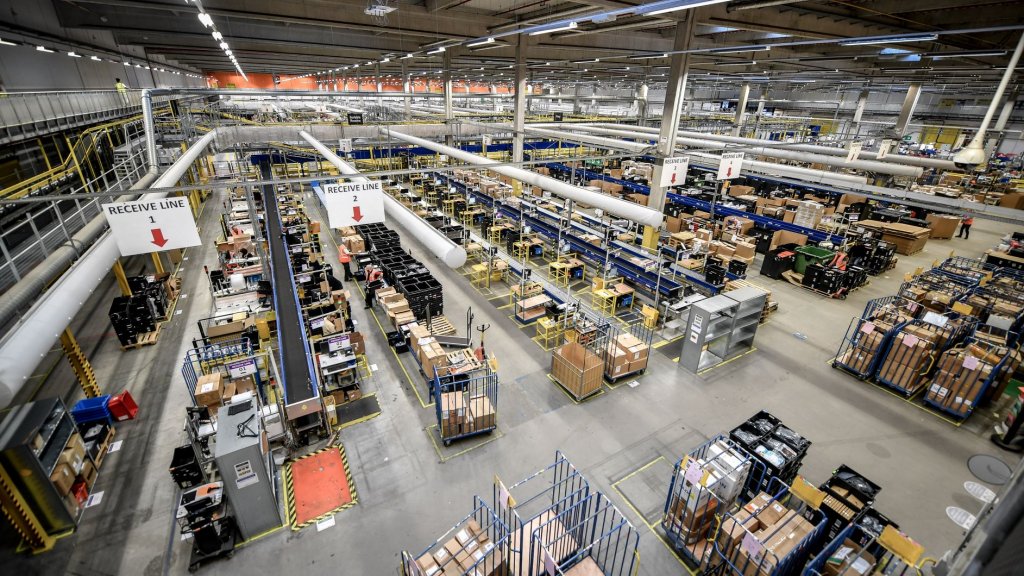How To Create A Safer Warehouse

One of the most important parts of running a warehouse is keeping it safe. There are multiple health and safety issues to consider when operating a warehouse, with so many people moving around and various types of equipment in use.
The warehouse inventory needs to be stocked efficiently, but it also has to be stored safely. If you are thinking about how to improve the safety of your warehouse or you need to know which issues to consider before opening a warehouse space, the following suggestions will give you some key things to take into account.
Ensure a Safe Racking System
Using your warehouse space wisely is a must if you want to avoid wasting time and money. But in organising your inventory, you can’t cut any corners. It’s important to have a racking system that is both efficient and safe so that you can prevent any accidents from occurring.
It’s a good idea to carry out a regular racking inspection in your warehouse to check that everything is up to scratch. Have an independent party carry out the inspection so that you know it’s being done properly. It’s a vital part of your health and safety procedures that you don’t want to neglect.
Keep Things Tidy
An untidy warehouse is a dangerous warehouse. If your warehouse isn’t kept clean and tidy, you could end up with objects presenting obstacles for vehicles and tripping hazards for people.
It’s easy for items both big and small to end up lying around the warehouse, but it could be just as easy to make sure everything stays tidy. One issue might be packaging in unloading bays, where everything from plastic wrap to boxes could be thrown about.
A simple way to solve this is to provide bins for discarded packaging and ensure they are emptied regularly.
Have Clear Signage
Clear communication is vital in a warehouse. In addition to plenty of verbal communication, it’s also smart to have lots of written signage and visual indications of any health and safety matters. Signs can be used to remind staff of the rules, to warn others to keep out and to show people where they can find the first aid kit.
It’s also essential to have the appropriate signage for fire safety, showing people evacuation points and gathering points, as well as the location of equipment such as fire extinguishers and blankets.
Improve Vehicle and Equipment Safety
Any vehicles or equipment used in a warehouse need to be used safely too. Firstly, it’s essential that only certified workers operate vehicles such as forklifts and other machinery. Training should be kept up to date to refresh people on their skills and also to give others the opportunity to learn.
A strong disciplinary procedure for anyone unauthorised using equipment needs to be in place. Additionally, it’s crucial to monitor the maintenance of all types of equipment regularly. For instance, to ensure your forklifts operate optimally, all components must be kept in good condition. If any parts show signs of wear or damage, it’s essential to replace them promptly.
You can source new parts from reputable online stores (think https://intellaparts.com) to do the job yourself. Alternatively, you can consult with professionals who specialize in equipment maintenance and repair.
Regular inspections can help identify issues before they become serious problems, thereby prolonging the lifespan of your equipment and minimizing downtime. This proactive approach should also extend to other warehouse equipment, such as scissor lifts and pallet jacks.
By implementing a systematic maintenance schedule and maintaining open communication with your team about equipment usage policies, you can foster a safe and efficient working environment that enhances productivity and reduces operational risks.
Improve the safety in your warehouse by taking these steps to make changes in several different areas.




